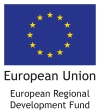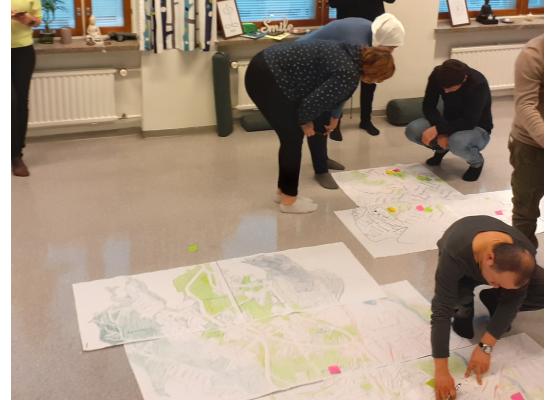In English
Allowing for language learning
A friend of mine once told a story that made me think about the relationship between language and place. She was visiting Sweden with friends. Whilst they were in a shop, one of the travelers started a conversation in their first language, Swedish. The shop assistant replied – but not in Swedish as one would think. They replied in English.
There may be many reasons for this choice of language. However, I am wondering if the shop assistant presumed that the customer did not speak local Swedish. They may not have done this consciously; nevertheless, they were somewhat dismissive of the customer’s knowledge of Swedish (spoken with a Finnish accent).
Many Finnish language students note similar kind of things happening. When they go to shops and wish to pay, the staff say the total sum in English. When an immigrant speaks to a Finn, many switch the language into English, presuming that the immigrant knows English better than Finnish. However, this is not always the case.
Language choices during encounters with others affect the participants’ experiences of equality, belonging or social exclusion. The social exclusion of someone is not always so obvious; however, it results from choosing a language that is not accessible to everyone. Some may have only started learning a language, and the others are speaking too fast for them keep up.
To enable genuine participation it is also important that each encounter is a possibility to build positive self-image. Most of us may remember the time when we have succeeded in doing something for the first time (and perhaps in a foreign tongue). Positive experiences of succeeding in something are significant not only for language learning but also for identity construction.
Languages are through and through entangled with cultures, places and people. If we wish to help immigrants integrate and participate in the Finnish society better, we should pay attention to our own uses of languages and that we give genuine opportunities for them to practice Finnish (or Swedish, in the context of our Tell me about it-project).



